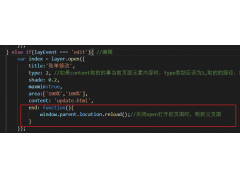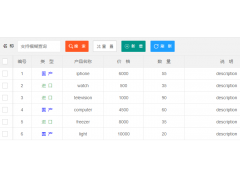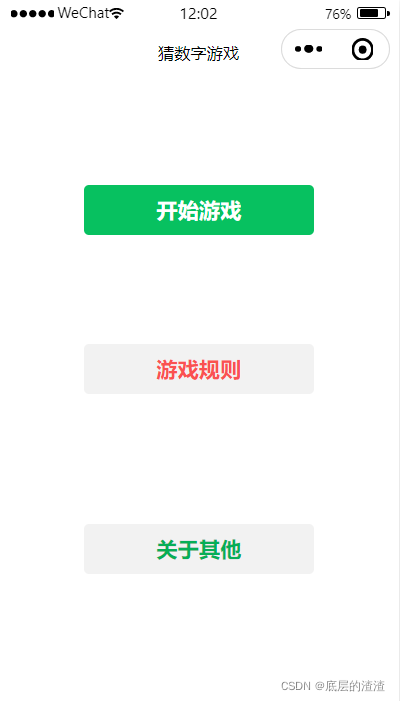Send blob data to node using fetch, multer, express(使用 fetch、multer、express 将 blob 数据发送到节点)
问题描述
尝试将 blob 对象发送到我的节点服务器.在客户端,我正在使用 MediaRecorder 录制一些音频,然后我想将文件发送到我的服务器进行处理.
Trying to send a blob object to my node server. On the client side I'm recording some audio using MediaRecorder and then I want to send the file to my server for processing.
saveButton.onclick = function(e, audio) {
var blobData = localStorage.getItem('recording');
console.log(blobData);
var fd = new FormData();
fd.append('upl', blobData, 'blobby.raw');
fetch('/api/test',
{
method: 'post',
body: fd
})
.then(function(response) {
console.log('done');
return response;
})
.catch(function(err){
console.log(err);
});
}
这是我的快速路线,使用 multer:
This is my express route, which uses multer:
var upload = multer({ dest: __dirname + '/../public/uploads/' });
var type = upload.single('upl');
app.post('/api/test', type, function (req, res) {
console.log(req.body);
console.log(req.file);
// do stuff with file
});
但我的日志什么也没返回:
But my logs return nothing:
{ upl: '' }
undefined
在这方面花了很长时间,所以任何帮助表示赞赏!
Been spending a long time on this so any help appreciated!
推荐答案
我刚刚能够运行上述示例的最低配置,它对我来说很好.
I was just able to run a minimum configuration of your above example and it worked fine for me.
服务器:
var express = require('express');
var multer = require('multer');
var app = express();
app.use(express.static('public')); // for serving the HTML file
var upload = multer({ dest: __dirname + '/public/uploads/' });
var type = upload.single('upl');
app.post('/api/test', type, function (req, res) {
console.log(req.body);
console.log(req.file);
// do stuff with file
});
app.listen(3000);
public中的HTML文件:
<script>
var myBlob = new Blob(["This is my blob content"], {type : "text/plain"});
console.log(myBlob);
// here unnecessary - just for testing if it can be read from local storage
localStorage.myfile = myBlob;
var fd = new FormData();
fd.append('upl', localStorage.myfile, 'blobby.txt');
fetch('/api/test',
{
method: 'post',
body: fd
});
</script>
前端的 console.log(myBlob); 正在打印 Blob {size: 23, type: "text/plain"}.后端正在打印:
The console.log(myBlob); on the frontend is printing Blob {size: 23, type: "text/plain"}. The backend is printing:
{}
{ fieldname: 'upl',
originalname: 'blobby.txt',
encoding: '7bit',
mimetype: 'text/plain',
destination: '/var/www/test/public/uploads/',
filename: 'dc56f94d7ae90853021ab7d2931ad636',
path: '/var/www/test/public/uploads/dc56f94d7ae90853021ab7d2931ad636',
size: 23 }
也许也可以尝试使用硬编码的 Blob,如本示例中用于调试目的.
Maybe also try it with a hard-coded Blob like in this example for debugging purposes.
这篇关于使用 fetch、multer、express 将 blob 数据发送到节点的文章就介绍到这了,希望我们推荐的答案对大家有所帮助,也希望大家多多支持编程学习网!
本文标题为:使用 fetch、multer、express 将 blob 数据发送到节点


基础教程推荐
- WatchKit 支持 html 吗?有没有像 UIWebview 这样的控制器? 2022-01-01
- 每次设置弹出窗口的焦点 2022-01-01
- 什么是不使用 jQuery 的经验技术原因? 2022-01-01
- 如何使用sencha Touch2在单页中显示列表和其他标签 2022-01-01
- 如何在特定日期之前获取消息? 2022-01-01
- Node.js 有没有好的索引/搜索引擎? 2022-01-01
- Javascript 在多个元素上单击事件侦听器并获取目标 2022-01-01
- jQuery File Upload - 如何识别所有文件何时上传 2022-01-01
- 为什么我在 Vue.js 中得到 ERR_CONNECTION_TIMED_OUT? 2022-01-01
- 如何使用 CSS 显示和隐藏 div? 2022-01-01

















